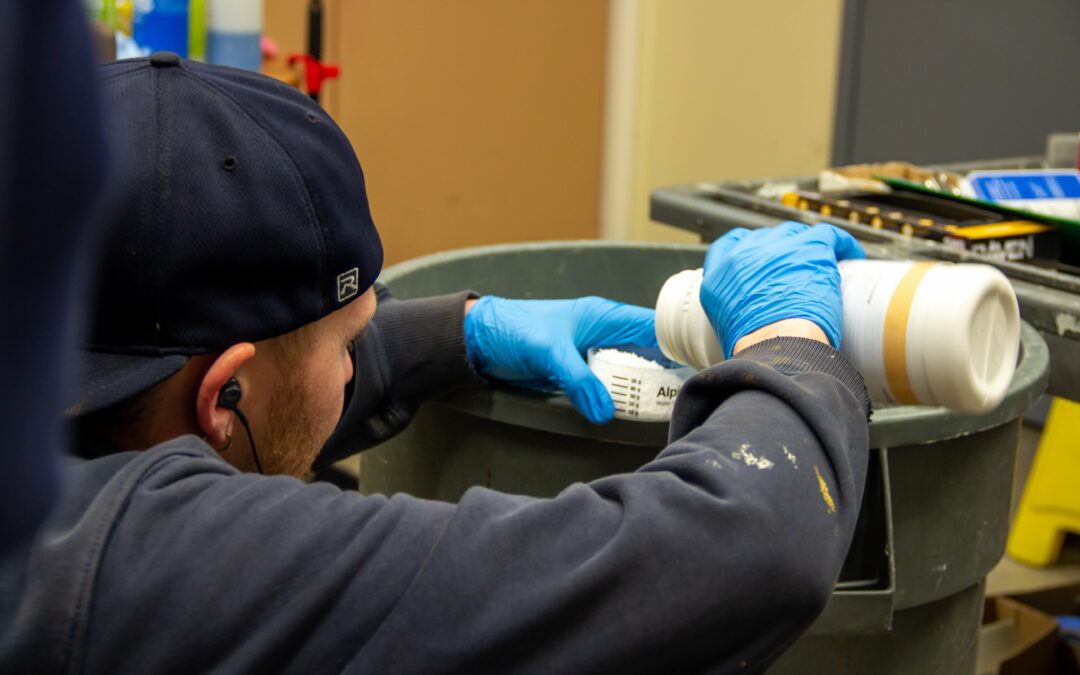Since termites naturally feed on cellulose, which is the fibrous material within all forms of plant matter, including wood, termites can feed on just about any wood source within a home. However, due to their need for constant moisture, subterranean termite workers prefer to feed on moist, and preferably, decaying wood sources. That being said, subterranean termite workers can also infest wood with low moisture levels, provided that they return to the moist ground soil as needed for hydration purposes. In rare infestation cases, subterranean termites locate structural wood that has become so waterlogged that workers are able to collect all the water they need solely by feeding on the wet wood, making return trips to the moist ground soil unnecessary. Many factors determine how quickly subterranean termites consume wood, which makes accurately dating infestations based on wood damage alone impossible.
According to Dr. Faith Oi, a University of Florida termite researcher and pest management professional, examining termite-damaged wood will not reveal much about how long an infestation has lasted. This is because relative humidity, temperature, and the availability of other food sources are just a few of many factors that influence how rapidly termites consume wood. The rate at which subterranean termite workers eat wood also depends on the species of infested wood, as well as which part of a tree an infested lumber component is made from. For example, sapwood is softer than heartwood, which allows subterranean termite workers to eat through sapwood more rapidly than heartwood. To make matters more complicated, workers within the same colony consume wood at different rates. Dr. Oi also states that there is also no accurate way of determining how many individual termites exist within a single colony or at a feeding site. In many eastern subterranean termite infestation cases, workers feeding within an above ground lumber component in a home may have originated from multiple interconnected colonies located at varying depths below the ground. Due to the cryptic nature of subterranean termites, it is important for Massachusetts homeowners to have their property inspected for subterranean termite infestations and damage at least once every two years.
Have you ever discovered termite-damage wood within your home?

